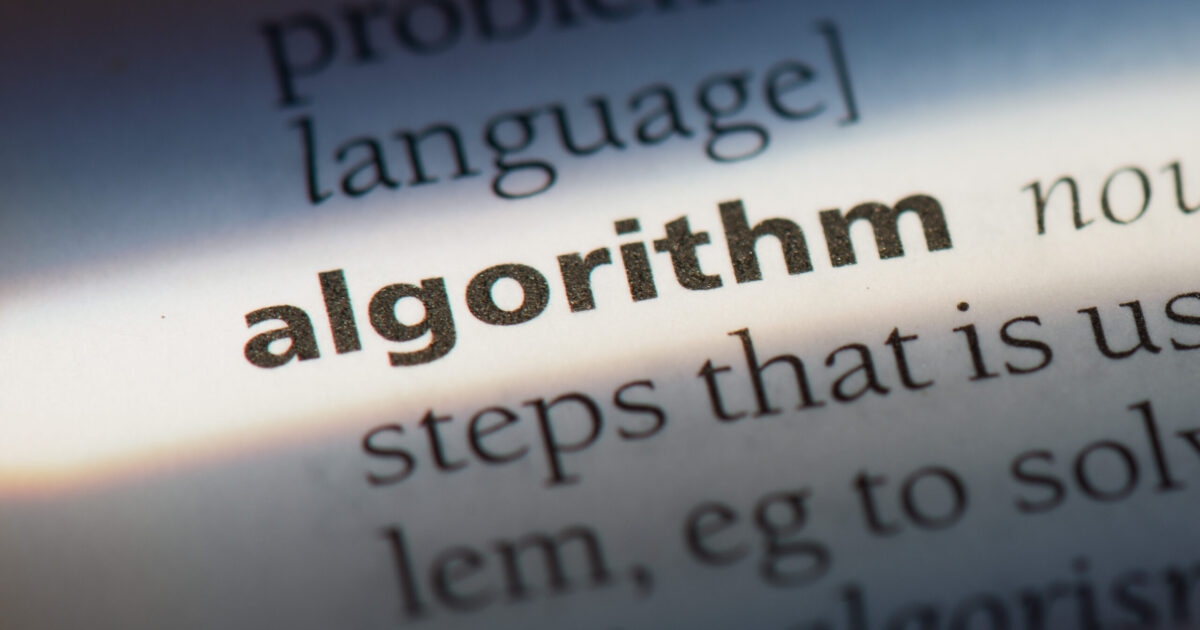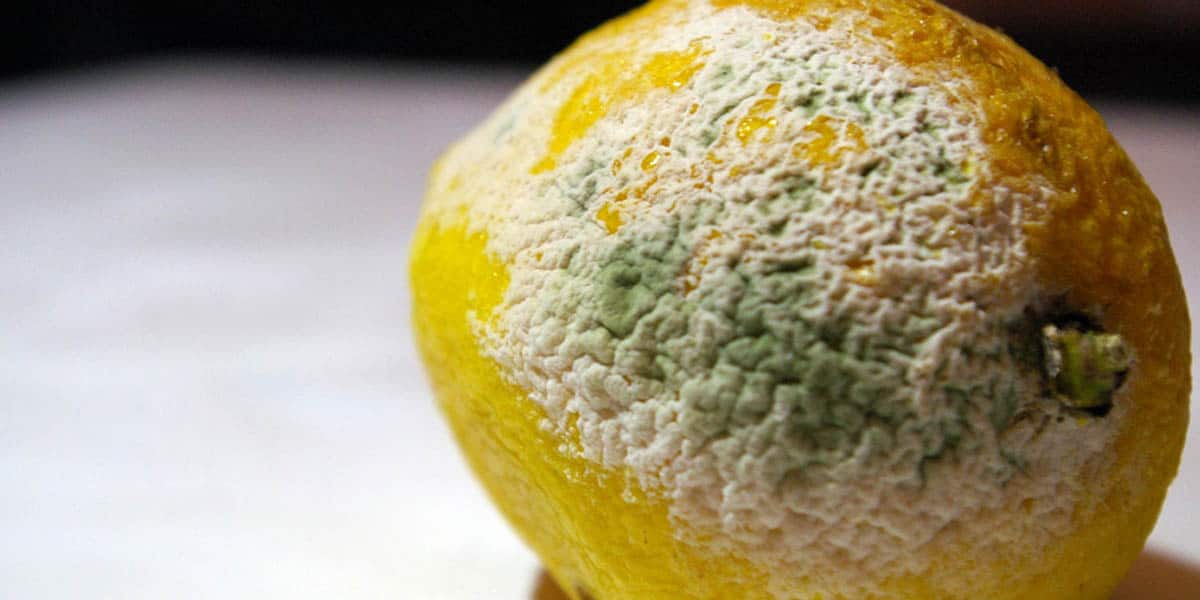This is the fifth blog post in EPIC’s series on Data Minimization. We have previously discussed data minimization as a framework to curb harmful commercial surveillance practices, harms that stem from out of context secondary data uses, data minimization as a pillar of data security, and data minimization as a tool to protect health data privacy. This post discusses surveillance advertising and questions whether this invasive business model provides consumers with any significant benefits. Bottom line: surveillance advertising does not provide consumers with more relevant, higher quality, or lower priced ads, meaning the harms associated from this model are not outweighed by any benefits to consumers. (Note that this post does not discuss the harms from surveillance advertising in detail, which EPIC has written about extensively.)
The FTC’s Mandate to Determine Benefits to Consumers
As we’ve said before, the Commission should use its proposed commercial surveillance and data security rulemaking to promulgate a data minimization standard that will limit harmful data practices like surveillance advertising. This post analyzes whether the claims made about surveillance advertising by industry actors accurately reflect their purported benefits to consumers.
If and when the Commission promulgates a proposed rule, the Commission will have to determine that the commercial surveillance practices targeted by that rule are either deceptive or unfair. To determine that a practice is unfair, the Commission will have to find that it (1) causes or is likely to cause substantial injury (2) that is not reasonably avoidable and (3) is not outweighed by countervailing benefits to consumers or competition. This post addresses part of the last prong of the test—namely, the fact that surveillance advertising provides no benefits to consumers that outweigh its harms. We urge the Commission to use its resources to verify claims made about the effectiveness of targeted ads.
Many large tech companies claim that surveillance advertising provides consumers will well-tailored, relevant ads that consumers want to see as they browse the internet. The theory goes that gathering vast amounts of personal information about an individual will enable publishers and retailers to personalize their internet experience with ads for products and services they want to purchase. In reality, most ads that an individual sees are not relevant to them and most of the ads are for lower quality products and services. There is simply no worthwhile tradeoff for the invasive, harmful nature of surveillance advertising for consumers.
As we have previously explained in our comments to the Commission, the profiling and targeting of consumers online is an unavoidable, injurious practice. A 2021 FTC report found that a single ISP had 370 million consumer relationships and that another ISP served one trillion ad requests monthly. (These figures are likely higher today as the online advertising industry has continued to grow since 2021.)
The average consumer spends 7 hours a day online. This means we see hundreds or even thousands of ads each day. When browsing the internet, reading emails, or…



 a Paiute deadfall trap
a Paiute deadfall trap 







